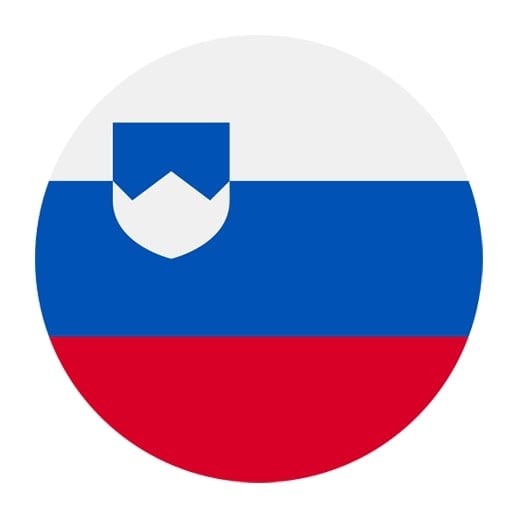Slovenian Grammar
Unlock the distinctive charm of the Slovenian language by mastering its essential grammar rules. With a solid grasp of Slovenian grammar, you’ll be able to connect with native speakers and better appreciate the country’s rich cultural heritage. Start learning Slovenian grammar today and take your first step toward fluency!
Get started
The most efficient way to learn a language
Try Talkpal for freeSlovenian Grammar: A Short Introduction for Language Lovers
Are you ready to dive into the enchanting world of Slovenian, a stunning Slavic language? You’re in for a treat! This short guide will give you a glimpse into Slovenian grammar, which is essential for understanding and mastering this captivating language. So, let’s embark on this linguistic adventure and explore the intricacies of Slovenian grammar step by step.
Slovenian, also known as Slovene, is spoken predominantly in Slovenia by around 2.5 million people. As a South Slavic language, it shares several features with its close relatives, such as Serbian, Croatian, and Bulgarian. However, Slovenian boasts its unique twists and flair.
Without further ado, let’s delve into the key aspects of Slovenian grammar:
1. Nouns and Cases:
Slovenian nouns come in three genders – masculine, feminine, and neuter. Each noun can be used in one of the six Slovenian cases: nominative, genitive, dative, accusative, locative, and instrumental. These cases express different grammatical functions or relationships between words, so it’s crucial to learn their proper usage in context.
2. Articles:
Here’s some good news – Slovenian doesn’t use articles like “the” or “a”! Instead, the meaning is conveyed through the use of cases and word order. This might make your Slovenian learning experience a bit easier, especially if you’re not used to languages with complex article systems.
3. Adjectives:
Just like nouns, adjectives in Slovenian agree in gender, number, and case with the noun they modify. This makes adjective usage a bit more complicated than in English, but fear not – with practice, you’ll master Slovenian adjectives in no time!
4. Verbs:
The Slovenian language has a three-tier verb system: three conjugation groups depending on the verb’s stem ending in the infinitive form. Slovenian verbs also have various tenses and moods, including the unique dual form, which is used when referring to two subjects or objects. Be prepared to spend some time learning and practicing Slovenian verb conjugations to gain confidence in your language skills.
5. Word Order:
Slovenian generally follows a subject-verb-object (SVO) word order, which should be familiar to English speakers. However, the language enjoys a certain degree of flexibility, allowing you to emphasize specific parts of the sentence by switching the word order. It’s essential to use cases correctly to avoid confusion and convey the intended meaning.
6. Pronouns and Prepositions:
Slovenian pronouns, like other elements of the language, are affected by gender, number, and case. They come in various forms, such as personal, possessive, demonstrative, and reflexive. Getting familiar with Slovenian prepositions will also help you connect words and phrases to create more complex sentences.
So now, you’ve got a basic understanding of Slovenian grammar! Keep in mind that becoming proficient in any language requires dedication and practice. Embrace the challenges, and don’t hesitate to learn from your mistakes. Remember, learning a new language is an exciting journey filled with memorable experiences and rewarding discoveries. Srečno!








